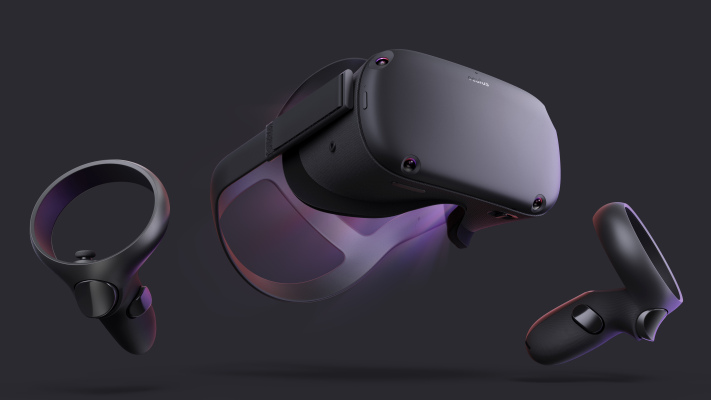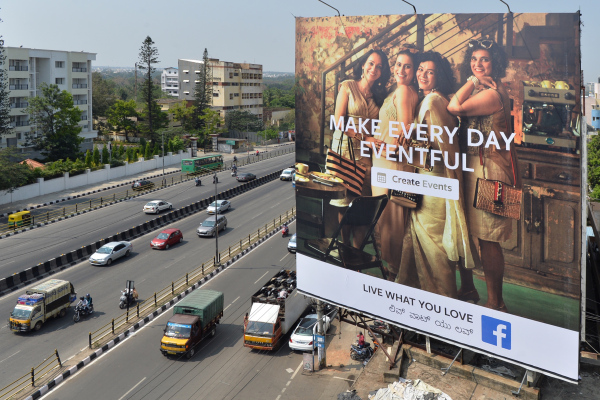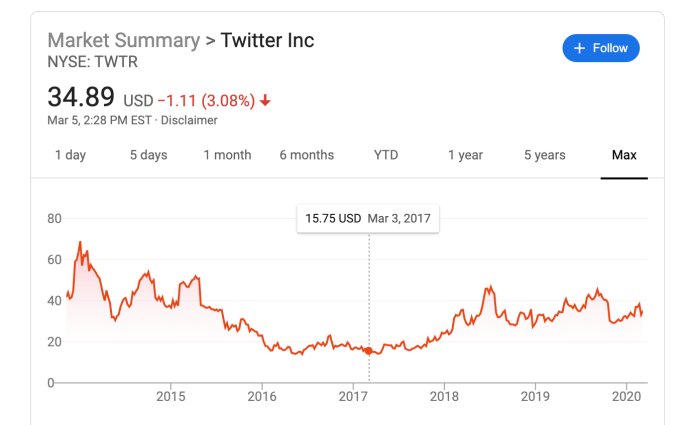TECHNOLOGY
5 Trends Of Augmented Reality In Communication

Technology has been rapidly changing over the last couple of years, with many innovations introduced into our digital world. While some of them were not so significant, there were a few ones that proved to be successful.
One of the technologies which facilitated those changes is Augmented Reality which had a significant effect on many industries including retail, gaming and entertainment.
AR has also influenced the area of digital communication which was especially notable at the beginning of the pandemic when many of us had to start doing our usual working, learning and other activities from home.
Like any emerging technology, AR’s speed of innovation and growth is fast and it can be a real challenge for companies and their customers to keep track of the trends of Augmented Reality in communication. Some of them presented in this article will continue to define the digital communication industry in 2021. They are the ones your company will need to pay attention to.
Augmented Reality In Communication: 5 Interesting Trends For 2021
1. Remote Video Collaboration Using Virtual Backgrounds & Face Filters [/H3]
Due to the ongoing global pandemic, doing many daily activities on a remote basis became a new normal. The CEOs of the major tech companies in the U.S. including Google, Amazon and Microsoft have even allowed their employees to work from home, either indefinitely or until the end of 2020. People got used to working, learning and socializing remotely over video conferencing apps because they needed to adhere to social distancing rules being set in many countries across the globe.
Many technological companies including Zoom, Google and Microsoft have in response introduced their conferencing apps which enjoyed their biggest popularity ever in March of 2020, when they topped 62 million downloads during the week of March 14-21.
Data Source: appannie.com
Even though working and studying remotely proved to be doable and effective, many individuals did not feel confident about their physical appearance and the world surrounding them as proved by the results of the research from Cloud and Managed Services provider Maintel. Moreover, many of us started to suffer from so-called “Zoom fatigue” while being on call for long periods of time.
Virtual backgrounds implemented in popular video conferencing apps proved to be a solution because these tools allow meeting participants to make their video conferences more interactive, enjoyable and comfortable while keeping personal privacy at the higher level.
Another useful feature for conducting video calls is face touch up. The technology can refine a person’s appearance in front of the camera in different ways, including skin smoothing, teeth whitening, improved camera lightning and much more. As shown by the results of the study prepared for one of the conference on computer supported cooperative work and social computing, looking good in front of the camera can make people feel better about themselves and give more confidence.

2. The Rise Of AR-Powered E-Learning Platforms
This sector saw a boom because of the rising demand for e-learning solutions powered by AR technology among students and teachers.
Online learning platforms and virtual classrooms are now helping various groups of people to learn new things distantly during the pandemic. With the help of technological advancements, teachers can attach AR experiences to objects of curiosity such as 3D life-size models, from where students can learn about the object via hovering a phone or tablet over it.
Making a studying process fun for students is no longer a tedious process. Teachers can download an AR-powered educational app and use it to explain concepts in the most creative way possible using face filters, AR masks and virtual backgrounds.
With many Internet users willing to work and learn from home even after the pandemic and the continuous advancements in AR, we can expect a further rise of the e-learning platforms with the respective market size set to reach $375 billion by 2026, growing at an 8% CAGR.
3. The Increased Popularity Of AR-Powered Short Video Content
With the pandemic and much of the world sheltering in place, we’ve seen an explosion of short, entertaining videos on Instagram Reels, Tiktok, Snapchat Spotlight and Triller.
People have started to use short videos to share their daily updates with friends and relatives. To make their videos more engaging, they often take advantage of video editing software to augment their video content with AR features such as lenses, virtual background and face filters.
Businesses such as Walmart have turned to short video content because they can use this medium to demonstrate the latest products to the potential customers and let them be tried online using virtual try-on technology.
With the uncertain future of Tiktok in both the U.S. and India as well as the continuous interest of e-commerce companies in promoting their products using video content, we can expect the trend to continue in 2021, with more and more tech companies set to introduce their alternatives to TikTok in the near future.
Do you want to enhance your own short mobile video app with Face AR technology? Get to know our mobile video editor SDK. It includes the best collection of filters, animated backgrounds and AR overlay features.
4. The Use Of AR For Virtual Try Ons In Live Streaming
The live streaming technology enjoyed one of its strongest popularity in 2020. With major industry events forced to go virtual due to the pandemic, businesses had to get creative. Many of them took advantage of live streaming AR to communicate with their customers about the latest products they have to offer.
Why has live streaming become so popular? First of all, the virtual event is much more personal and public-facing than the offline one. Second, participants can join from anywhere across the world, without being at one particular physical location. Third, presenters can take advantage of virtual try-on technology to let users try a particular product in real-time.
The positive effects of AR technology for live streaming events can be demonstrated by the cosmetic company Estee Lauder which used livestream shopping and virtual try ons technology to increase their digital sales by up to 60% amid the pandemic.
The Rise of AR Avatars For Live Streaming
With the people’s increased demand for more personal privacy and the willingness to make online communication more personalized and unique, there is also a growing demand for AR avatars.
In Japan, there are now over 4000 virtual YouTubers. Rather than facing the camera themselves, these people prefer to use a digital version of themselves in the form of an avatar.
The users of the Twitch online streaming platform can take advantage of a virtual makeover with Snap’s AR effects that give them a way to be creative while doing live streams of their favourite games and other content.
Conclusion
With the constant change of the world we all live in, there is no doubt that the use of Augmented Reality in communication will set new technological trends both businesses and users will need to adapt to.
Nowadays, AR technology is not only limited to Snapchat’s funny filters and Pokemon Go. The software can be found in almost every area of our world, be it education, work, healthcare or entertainment. The extent to which businesses can adapt it for their advantage will influence their competitive advantage and the effectiveness of building long-lasting customer relationships.









